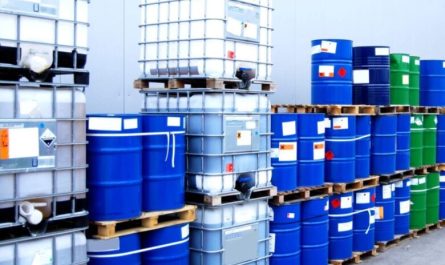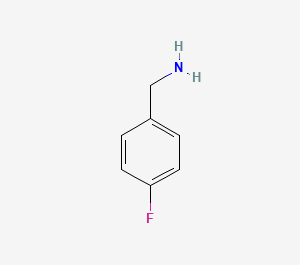Rare Earth Metals: Essential resources for modern technology
What are RESs?
RESs refer to a set of 17 chemical elements in the periodic table, specifically the lanthanides as well as scandium and yttrium. RESs are not as rare as their name implies – they are dispersed throughout the Earth’s crust – but are more difficult to mine and process into a usable material compared to common metals.
Importance of Rare Earth Metals
RESs play a vital role in many technological products and emerging green technologies due to their unique magnetic and electro-optical properties. Electronics such as smartphones, computers, flat screen displays, and energy efficient lightbulbs commonly contain rare earth elements like neodymium, lanthanum, europium, terbium, and yttrium. RESs are also crucial components in technologies like electric vehicles and wind turbines. Niobium and neodymium are commonly found in wind turbine magnets, while lanthanum and cerium help with battery performance in EVs. Other applications such as petroleum refining and glass polishing also utilize RESs.
Supply Chain Challenges
While RESs are indispensable to modern technological advancement, their supply chains face significant challenges worldwide. China has long dominated global rare earth mining and production, accounting for over 90% of rare earth oxide supplies at times over the past few decades. This concentration of control risks instability of supply. Other rare earth mining nations like the U.S., Australia, and Brazil have reduced operations in the past, struggling with cost competitiveness against Chinese production. Renewed mining efforts are currently underway to diversify supply away from China and boost domestic production in nations like the U.S., however this will take time. For many manufacturers and consumers, price volatility of RESs is also a concern, as stockpiles cannot meet surge demands economically. Geopolitical tensions could further disrupt trade flows. Sustainable and responsible sourcing is another issue, as rare earth mining creates adverse environmental impacts if not properly managed. Going forward, building secure supply chains will be crucial in meeting growing technological demands sustainably.
Processing RESs
Extracting and processing RESs presents technical challenges that drive up costs and environmental impacts. Ores containing RESs have very low concentrations – only a few percent compared to high grade metals that can range over 50%. This requires processing large tonnages of raw materials to obtain even small amounts of useful RESs. After mining, rare earth ores must first undergo physical concentration processes like magnetic separation or flotation to increase concentrations. Further refining employs pyrometallurgy – high temperature furnaces that smelt ores and separate individual REBs. Chemical extraction, usually acidic leaching, is another method to isolate rare earth elements from waste rock. Purifying the separated rare earths into high purity, individual oxides and metals for semiconductor and magnet applications involves multiple fractional crystallization processes.Due to the technical complexity, environmental protection standards have also improved over time, however rare earth processing still produces hazardous chemical wastes if not properly managed. Sustainable process innovations can help overcome these challenges more effectively in the future.
Rare Earth Metal Recycling & Alternative Materials
As the use of RESs in electronics and technology grows exponentially each year, recycling these invaluable resources becomes increasingly important. However, rare earth recycling remains challenging due to the small quantities dispersed in complex products and inability to cost-effectively recover individual rare earth elements through traditional smelting. Investments in innovative recycling technologies aim to utilize methods like laser-induced breakdown spectroscopy and selective dissolution to efficiently separate and recover rare earth components. Companies are also exploring alternatives to RESs where technically feasible. Magnets in electronics and motors have utilized ferrite and iron-based alloy substitutions, while improved phosphors replace europium and terbium in some lighting applications. Advancing recycling infrastructure and alternative material science can augment supply resilience critical for rare earth demand outlooks in green technologies and national security.
Conclusions
The unique properties of rare earth metals ensure their strategic significance for ongoing technological advancement now and into the future. Although abundant in the Earth’s crust, rare earth mining and processing involves technical complexities that raise costs and risks to stable supplies. Building diverse, responsible domestic and international supply chains is important to support innovation worldwide. Meanwhile, recycling of products containing RESs and substitution with alternative materials where possible can boost supply resilience significantly. With prudent management and technology investments, ample rare earth resources can fuel the clean energy transition and information era on a sustainable basis for generations to come.
*Note:
1.Source: Coherent Market Insights, Public sources, Desk research
2.We have leveraged AI tools to mine information and compile it



